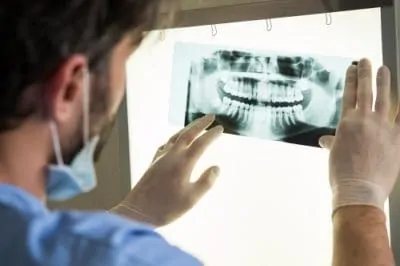
The 3 Most Common Types of Dental X-Rays
There are several different types of x-rays that your dentist in Tuscaloosa may use to look at various parts of the mouth’s anatomy. Each type is used for a different reason and can show different problems. Let’s take a look at each one.
- Bitewing X-rays. These x-rays are helpful in catching cavities early on as they allow the dentist to see places in between teeth that are not visible to the naked eye. Bitewing x-rays can also help identify variations in bone density caused by gum disease as well as help catch any excessive wear in restorations like fillings.
- Periapical X-rays. Along with bitewings, periapical x-rays are quite common. The images obtained through this type of x-ray show the entire tooth — from the top of the crown to the tip of the roots. This allows your dentist to examine each tooth’s individual structure and bone level. Periapical x-rays can also help catch cysts and abscesses.
- Panoramic X-rays. Panoramic x-rays show the entire set of teeth, both top and bottom and from left to right, in one photo. They can also display the jaw joints as well as the upper sinuses. These photos can help determine if wisdom teeth are impacted and can even help diagnose a tumor.
Are Dental X-Rays Safe?
Safety is our top priority with everything we do, including x-rays. Advancements in technology have reduced exposure to the already low amount of radiation emitted by dental x-rays. Additional preventive measures, such as the use of lead vests, are also taken to help limit the exposure even farther. We try to follow the ALARA (As Low As Reasonably Achievable) principle which basically says that dental professionals should limit x-rays to only when necessary in order to achieve proper diagnosis and aid in successful treatment.
How often you should get dental x-rays taken depends on a variety of factors. The team at our Tuscaloosa dental office will take a look at your oral health and any history of dental problems to determine how often you should have x-rays taken. If there’s been a history of cavities or a higher risk of decay, x-rays twice a year may be appropriate.

